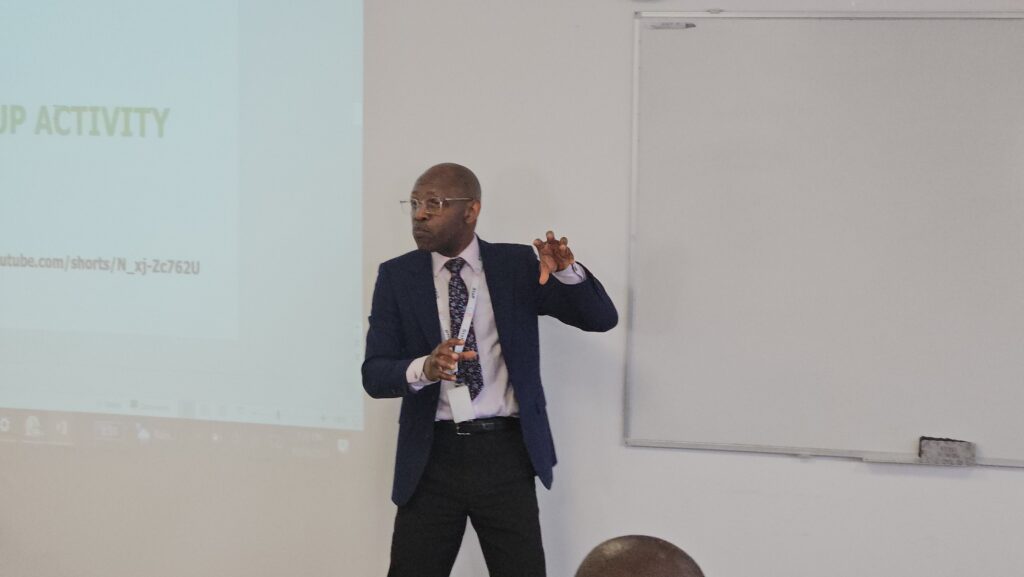Part 1: Understanding the Roots of Burnout.
Leadership is a demanding profession, often requiring long hours, high expectations, and constant pressure (Lipman, 2023). While leadership roles can be rewarding, they can also take a significant emotional and mental toll. Burnout, a state of chronic stress and exhaustion, is a common challenge for leaders (Alarcon et al., 2019). If left unaddressed, burnout can negatively impact a leader’s performance, decision-making, and relationships with team members, potentially harming the organization (Fernandez et al., 2023). Therefore, it’s crucial to recognize and address the cost and consequences of leader burnout, both within family and organizational settings, to foster a healthy environment (Shanafelt et al., 2021).
Here are three key factors that contribute to leadership burnout:
1. Overwhelming Workload and High Expectations
Excessive responsibilities and deadlines can lead to feelings of being overwhelmed (Michel et al., 2019). The pressure to meet or exceed goals, especially in a competitive environment, can be immense. While organizations need ambitious goals, it’s crucial to realistically assess capacity and avoid setting unrealistic expectations (Locke & Latham, 2013). Some organizations overload individuals with the workload of multiple people due to cost constraints (Parker et al., 2017). While sacrifices may be necessary in the early stages of an organization, it’s important to set SMART goals based on current capacity and adjust as the organization grows (Lawlor & Hornyak, 2012).
2. Role Conflict
Discrepancies between expectations, responsibilities, and personal values can create stress (Montgomery et al., 2015). In today’s world, there’s often a clash between work expectations and core values, potentially leading to employee stress. For example, a marketing employee tasked with promoting a product they believe is harmful may experience significant stress. Leaders can mitigate this by establishing ethical foundations and avoiding a “do-or-die” approach that pressures employees to compromise their values (Brown & Treviño, 2006). Some organizations prioritize short-term gains over long-term ethical considerations, which can have detrimental consequences (Crane et al., 2019).
3. Lack of Support
Insufficient resources, inadequate training, or lack of support from colleagues can contribute to burnout (Salvagioni et al., 2017). Some organizations fail to provide adequate resources to achieve expected results, forcing employees to struggle independently. Depending on the role and level, resources like laptops, necessary software, and relevant training are crucial for achieving organizational goals (Hobfoll et al., 2018). A strong vision alone is not enough; capacity, team strategy, and support are essential for overall success (DeRue et al., 2011).
Reflection for Leaders
· As a leader, what burnout challenges have you faced in your career?
· How can you apply these insights to create a more supportive and sustainable environment for your employees?
References
· Alarcon, G., Eschleman, K. J., & Bowling, N. A. (2019). Relationships between personality, burnout, and leadership styles. Journal of Leadership & Organizational Studies, 26(4), 494-509.
· Brown, M. E., & Treviño, L. K. (2006). Ethical leadership: A review and future directions. The leadership quarterly, 17(6), 595-616.
· Crane, A., Matten, D., Glozer, S., & Spence, L. J. (2019). Business ethics: Managing corporate citizenship and sustainability in the age of globalization. Oxford University Press.
· DeRue, D. S., Nahrgang, J. D., Wellman, N., & Humphrey, S. E. (2011). Trait and behavioral theories of leadership: An integration and meta‐analytic test of their relative validity. Personnel psychology, 64(1), 7-52.
· Fernandez, S., Lorente, L., & Ramos, J. (2023). The impact of transformational leadership on employee engagement, burnout and intention to leave: A mediation model through the lens of self-determination theory. Journal of Business Research, 154, 113335.
· Hobfoll, S. E., Halbesleben, J. R., Neveu, J. P., & Westman, M. (2018). Conservation of resources in the organizational context: The reality of resources and their consequences. Annual Review of Organizational Psychology and Organizational Behavior, 5, 103-128.
· Lawlor, K. B., & Hornyak, M. J. (2012). SMART goals: How the application of smart goals can contribute to achievement of student learning outcomes. Developments in Business Simulation and Experiential Learning, 39, 259-267.
· Lipman, V. (2023). The Type B Manager: Leading Successfully in a Type A World. Berrett-Koehler Publishers.
· Locke, E. A., & Latham, G. P. (2013). New developments in goal setting and task performance. Routledge.
· Michel, J. S., Shuck, B., Clark, M. A., & Baltes, B. B. (2019). Daily work stressors and recovery experiences: Implications for employee burnout and work engagement. Journal of Occupational Health Psychology, 24(1), 1.
· Montgomery, A. J., Panagopolou, E., Benos, A., & Daskolia, M. (2015). A meta-analysis of the role of stress in the relationship between job demands and job performance. Journal of Vocational Behavior, 87, 123-135.
· Parker, S. K., Bindl, U. K., & Strauss, K. (2017). Making things happen: A model of proactive motivation. Annual Review of Organizational Psychology and Organizational Behavior, 4, 427-456.
· Salvagioni, D. A., Melanda, F. N., Mesas, A. E., Gonzalez, A. D., Gabani, F. L., & Andrade, S. M. (2017). Physical, psychological and occupational consequences of job burnout: A systematic review of prospective studies. PloS one, 12(10), e0185781.
· Shanafelt, T., West, C. P., Sinsky, C., & Trockel, M. (2021). Changes in burnout and satisfaction with work-life integration in physicians and the general US working population between 2011 and 2020. Mayo Clinic Proceedings: Innovations, Quality & Outcomes, 5(1), 160-168.

